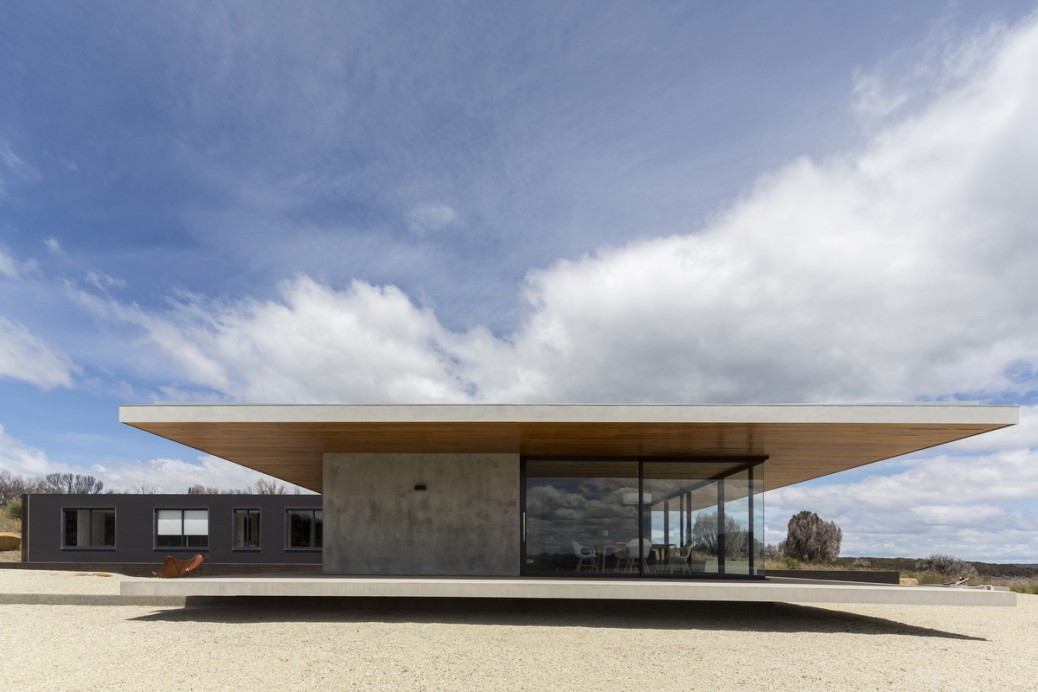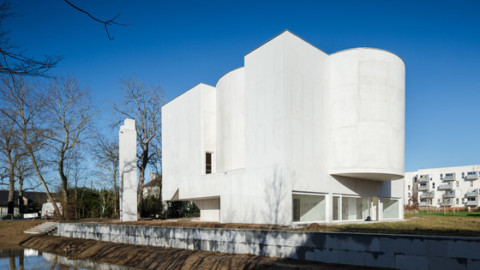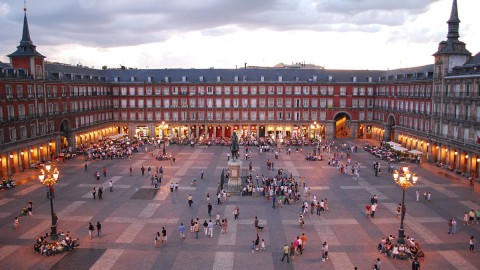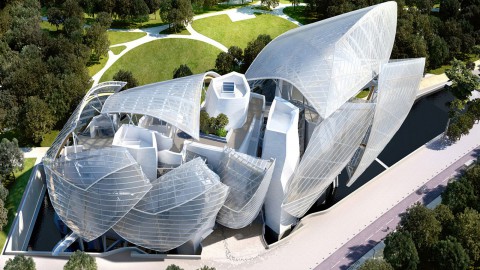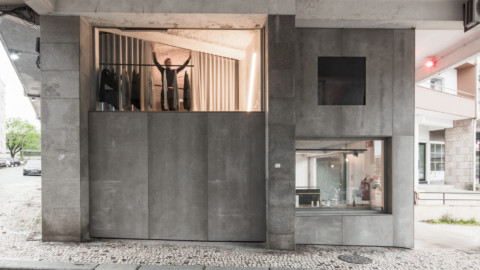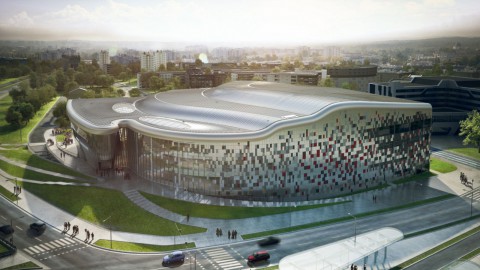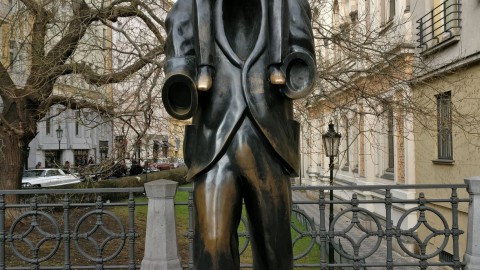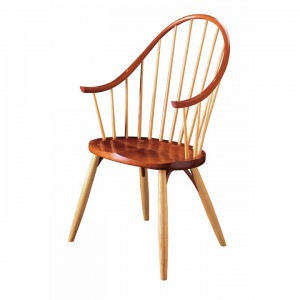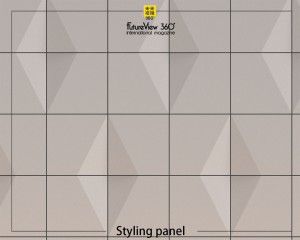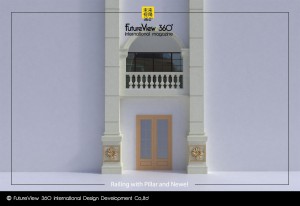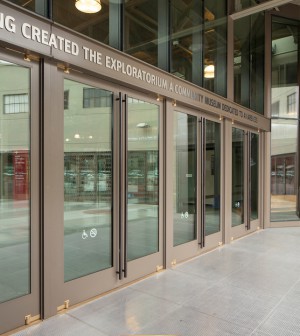Dunalley House
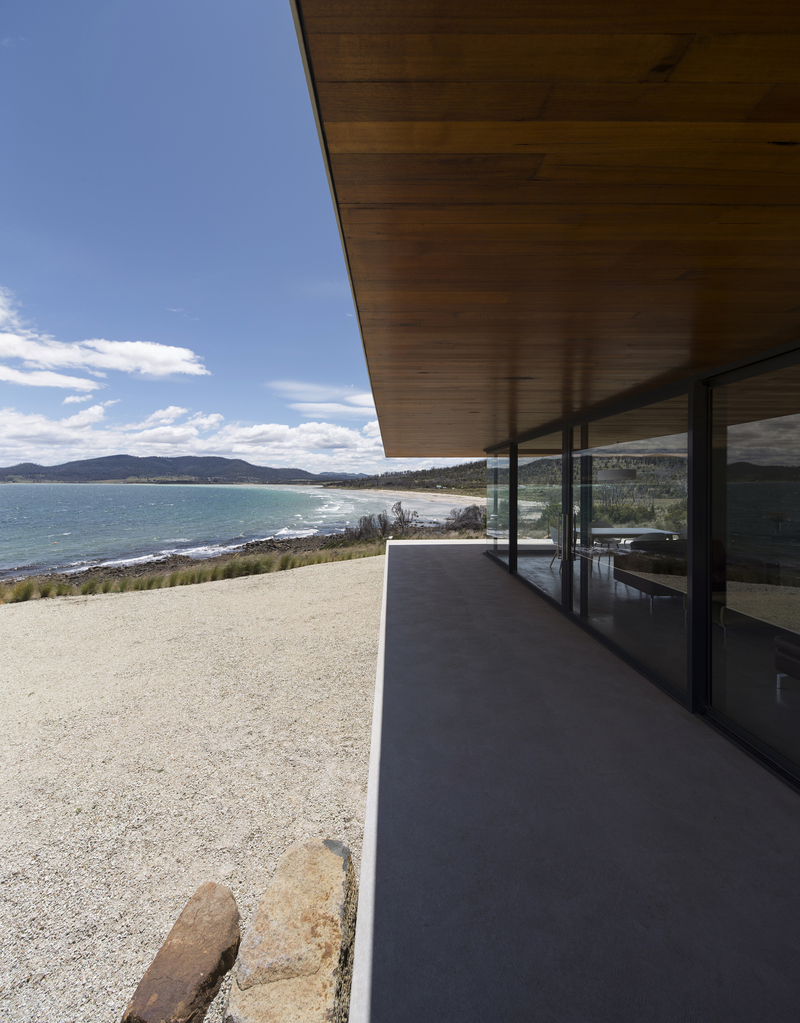
Dunalley House on the Tasman Peninsular is a project for a young family recovering from the dramatic loss of their family holiday retreat during the devastating 2013 Dunalley bushfires. The 10 hectare property was left scorched and barren; the original holiday home destroyed while the family watched from the foreshore below. The client brief was for a primarily concrete building: solid and protective yet connecting with the expansive outlook across Dunalley Bay. The new building was located proximate to the water. A moderate budget and tight time frame encouraged a semi-modular approach to construction of prefabricated steel and precast concrete panels. A high “bushfire attack level” rating influenced material choice. Low profile, the building stretches across the site, in response to the expansive milieu. Planning is elementary: a bunker for sleeping, and a pavilion for living, separated by a long deck that serves as both entry and axis to the bay beyond. The quiet interior allows for contemplation of changing light and weather. The deck extends on the ocean side to a fire dish, as a beacon on the bluff, a place to congregate and, perhaps, a symbol of the force that transformed the property.
塔斯曼半島的杜納利之家(Dunalley House)是一個年輕家庭的項目,旨在從2013年杜納利(Dunalley)森林大火災害期間家庭度假休假中恢復過來。 10公頃的土地被燒焦,貧瘠;當家人從下面的海灘觀看時,原來的度假屋被毀。客戶簡介是一個主要的混凝土建築:堅固和保護,但與Dunalley灣的廣闊前景相連。新建築位於水邊。適度的預算和緊迫的時間框架鼓勵採用半模塊化方法來建造預製鋼和預製混凝土板。高“叢林火災攻擊等級”評級影響了材料選擇。低調的建築物延伸到整個場地,以應對廣闊的環境。規劃是基本的:一個用於睡覺的沙坑,一個用於生活的涼亭,由一個長長的甲板隔開,作為海灣的入口和軸線。安靜的室內空間可以讓人聯想到光線和天氣的變化。甲板在海邊延伸到火盤,作為懸崖上的燈塔,聚集的地方,也許是改變財產的力量的象徵。
Architect:Stuart Tanner Architects
建築師:Stuart Tanner Architects
The pragmatic is mixed with the poetic, as precast concrete, steel and glass come together to form this robust holiday house perched on the Tasmanian coast.
At the start of 2013, a giant fire roared through Dunalley and along the Forestier Peninsula. More than one hundred homes were lost throughout south-eastern Tasmania in these disastrous fires and affected communities are still in the process of rebuilding. With no time to evacuate, the owners of Dunalley House watched from the shoreline as their brick holiday home was destroyed. Understandably, the effect of this event was at the front of their minds when they approached Stuart Tanner Architects shortly after to design a new holiday home that was “robust” and defensible, yet felt like it was “floating on the water.”
實用主義與詩意混合在一起,預製混凝土,鋼鐵和玻璃結合在一起形成了這個位於塔斯馬尼亞海岸的豪華度假屋。
2013年初,一場巨大的火災在Dunalley和Forestier半島上咆哮。在這些災難性的大火中,塔斯馬尼亞島東南部地區失去了一百多所房屋,受影響的社區仍處於重建過程中。由於沒有時間疏散,Dunalley House的業主從海岸線上看到他們的磚頭度假屋被毀。可以理解的是,這次活動的影響在他們與Stuart Tanner建築事務所接觸後不久就設計了一個“強大”且可防禦的新度假屋,但感覺它“漂浮在水面上”。
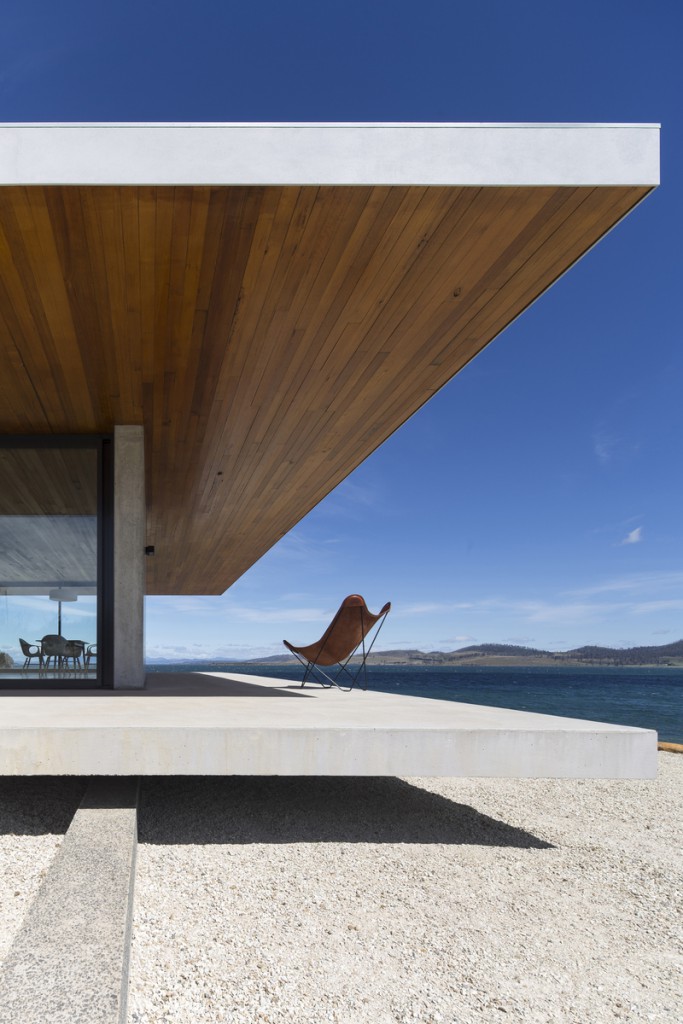
The large site is at the southern end of Dunalley Bay and includes an exposed point that looks west toward Hobart and Mount Wellington across multiple bays and peninsulas. Stuart Tanner saw the key roles of this building as providing protection in a location exposed to wind, fire and sun; and offering a way to experience a vast, sublime expanse of sky and water. He also needed to keep within a healthy, yet modest budget and have the building completed within a short timeframe. So before deciding the exact siting and layout of the building, he walked the site with a regular collaborator, Scott Cordwell of building company Cordwell Lane. Together, they discussed systems of construction that could fit within the project parameters. A modular building of precast concrete, steel and glass emerged at this point, making a good match with the aesthetic and pragmatic desires of the clients.
這個大型場地位於Dunalley灣的南端,包括一個暴露點,向西朝向霍巴特和惠靈頓山,橫跨多個海灣和半島。 Stuart Tanner認為這座建築的關鍵作用是在暴露在風,火和陽光下的地方提供保護;並提供一種體驗廣闊,壯觀的天空和水的方式。他還需要保持健康但適度的預算,並在短時間內完成建築。因此,在決定建築物的確切選址和佈局之前,他與建築公司Cordwell Lane的定期合作夥伴Scott Cordwell一起走過了現場。他們一起討論了可以適合項目參數的構造系統。此時出現了預製混凝土,鋼和玻璃的模塊化建築,與客戶的審美和務實慾望完美匹配。
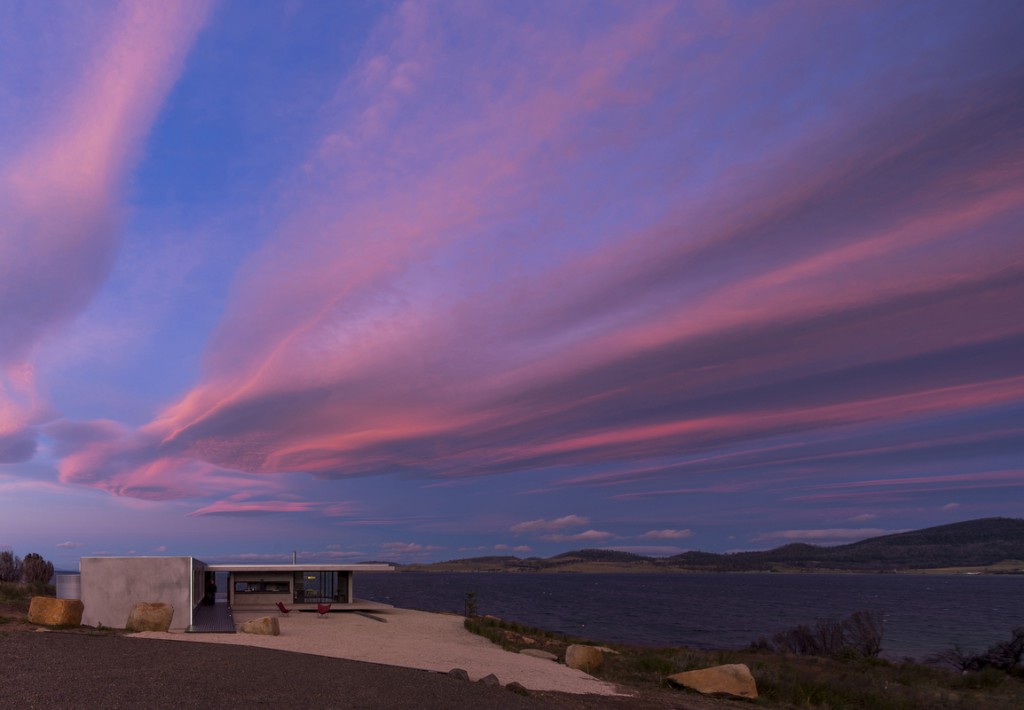
With a building system in mind, Stuart returned to thinking about what the site needed and found that he was repeatedly drawing strong horizontal lines in section. Pragmatically, he felt that the building needed a large roof, like a hat, to protect the occupants from the sun and poetically, he wanted to offer a way to frame and thus a way to experience the sublime vista. What emerged was a two-part plan that offered a “terrace for living and a bunker for sleeping,” sited as close as possible to the shore to create the feeling of the house hovering over water.
考慮到建築系統,斯圖爾特回過頭來思考該網站需要什麼,並發現他在路段中反复繪製強烈的水平線條。實際上,他認為建築物需要一個大的屋頂,如帽子,以保護居住者免受太陽和詩意的影響,他想提供一種框架的方式,從而體驗崇高的遠景。出現的是一個由兩部分組成的計劃,它提供了一個“生活的露台和一個睡覺的沙坑”,盡可能靠近岸邊,以創造房子在水面上盤旋的感覺。
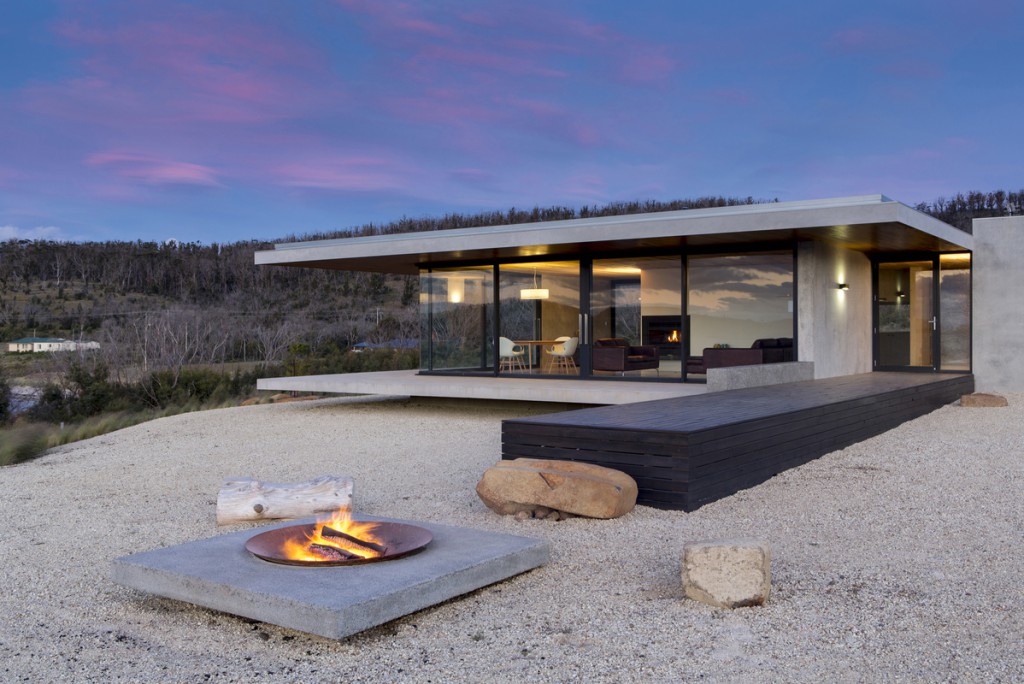
Following these intuitive sketches, the strongest gestures on the site are the parallel planes of the terrace floor and roof. Extending beyond the glazing and seeming to hover above the ground, these cantilevered planes of concrete, timber and steel form a bold frame to the view, like a letterbox film format. The detailing of the glazing is deliberately uncomplicated, with commercial sections simply sitting on the slab edge. But the effect is to emphasize the horizontal planes and the feeling of being sandwiched within the viewing frame. Material finishes and textures such as trowel patterns, timber grain and rolled mild steel were selected to enhance the continuity between inside and out and to offer variations in the reflection of light.
根據這些直觀的草圖,現場最強的手勢是露台地板和屋頂的平行平面。這些懸臂式的混凝土,木材和鋼板延伸到玻璃窗外,似乎懸浮在地面上,形成一個醒目的框架,就像一個信箱電影格式。玻璃的細節是故意不復雜的,商業部分只是坐在板邊緣上。但效果是強調水平面和夾在觀察框內的感覺。選擇材料飾面和紋理,如抹子圖案,木紋和軋製低碳鋼,以增強內部和外部之間的連續性,並提供光反射的變化。
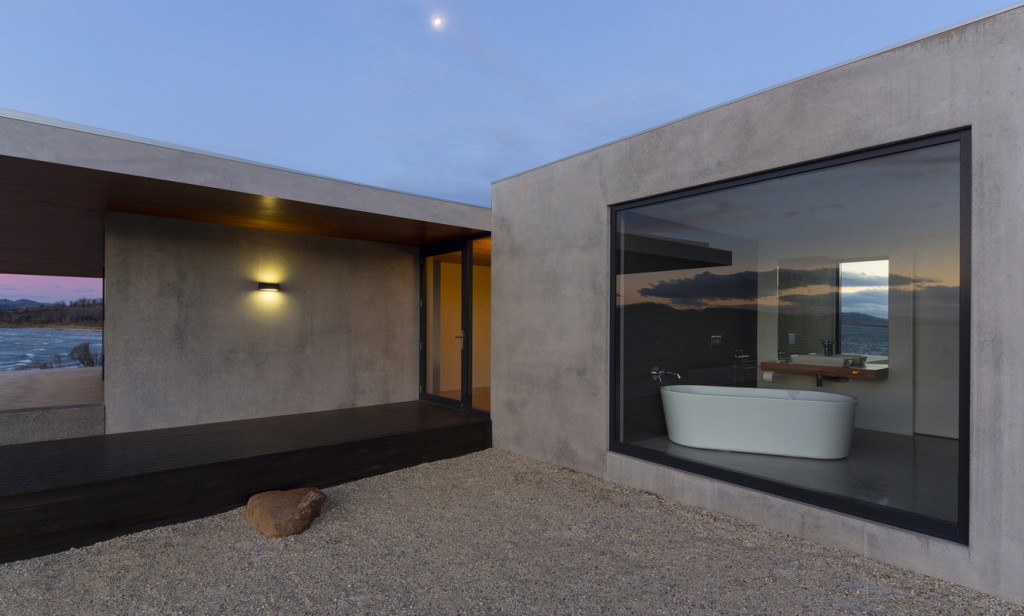
Meeting the living terrace to form an “L” in plan, the bunker is a much more direct, practical building. True to its name, it is predominantly made from precast concrete and painted cement sheet, with openings punched into the skin and its southern face almost entirely closed to protect against fire. But true to the design concept, the pragmatic is still mixed with the poetic. At one end of the bunker is a series of relatively monastic bedrooms and bath-rooms that take in more intimate views of Dunalley Bay, and at the other end is a minimalist bathing space with a freestanding bath and an entire glazed wall at the west that was made just for admiring the view. Between these wings is a foyer accessed by a heavy, steel-clad entry door. Once opened, the entry deck links the foyer with a jetty-like structure reaching toward the coast, forming an axis with a small island in the bay and Mount Wellington beyond. And at the end, a fire pit is located to offer an external point of focus. Critically, the two wings form a protective arm to the prevailing north-west wind, such that in wild weather utterly calm breakfasts can still be enjoyed on the entry deck, with the kitchen serving to this outdoor space via awning-style glazing.
這個沙坑是一個更加直接,實用的建築,與生活露台相連,形成一個“L”。正如它的名字一樣,它主要由預製混凝土和彩繪水泥板製成,在皮膚上打孔,其南面幾乎完全封閉以防火。但對於設計理念而言,務實仍然與詩意混合在一起。在沙坑的一端是一系列相對修道院的臥室和浴室,可以看到Dunalley灣更加私密的景色,另一端是一個極簡主義的沐浴空間,有一個獨立的浴室和西面的整個玻璃牆。是為了欣賞這個觀點。在這些機翼之間是一個門廳,由厚重的鋼製入口門進入。一旦打開,入口甲板將門廳與類似碼頭的結構連接起來,朝向海岸,形成一個軸,在海灣和威靈頓山以外有一個小島。最後,一個火坑位於提供外部焦點。至關重要的是,這兩個機翼形成一個保護臂,以抵禦盛行的西北風,這樣在狂野的天氣裡,仍可以在入口甲板上享受完全平靜的早餐,廚房通過遮陽篷式玻璃窗為這個戶外空間提供服務。
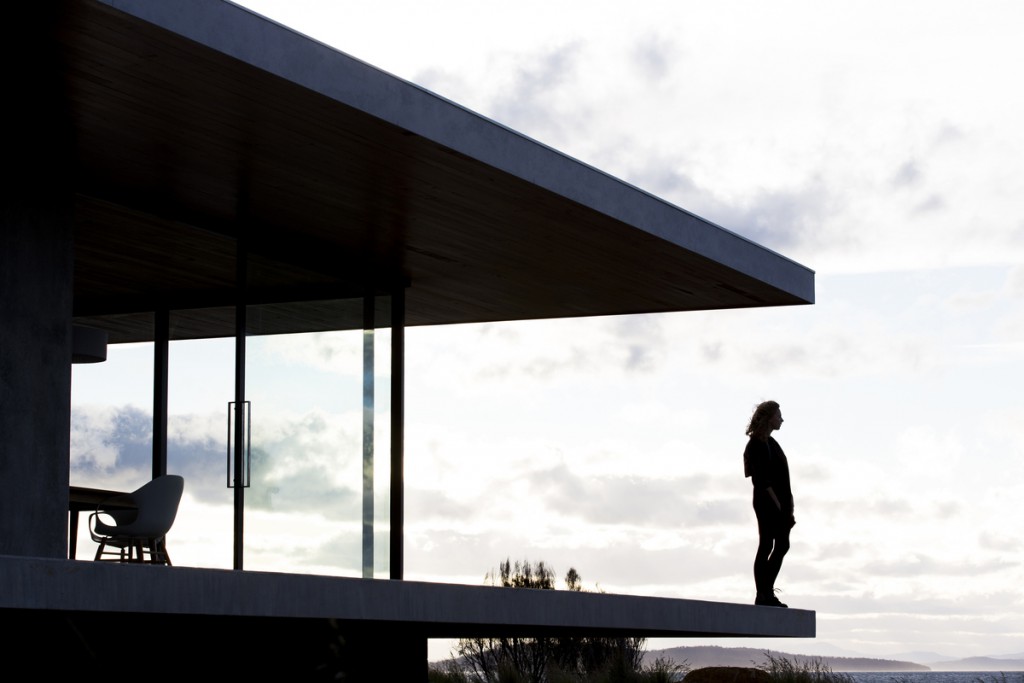
As you would expect from a holiday house, the key experience of the site is from the living terrace. Despite the illusion that this building hovers above the ground, the weight of the materials and the plan arrangement work in concert to offer a quiet, protective space from which to enjoy this remarkable place. In fact, there is such an expanse of sky, sea and land to see, it seems essential that the building act as a frame to contain the overwhelming nature of the view and amplify its subtleties. Ultimately, though, the strongest player here is light. The strong horizontal surfaces absorb and reflect changes of light across the sea and sky throughout the day, such that the interior atmosphere can transform entirely from morning until night. It is good fortune that this is a home dedicated to holidays, as this mode offers time to stop and just sit “within” the view, enjoying these subtle changes as they occur.
正如您對度假屋的期望一樣,該場地的主要體驗來自起居室。儘管這座建築物懸浮在地面上的幻覺,但是材料的重量和計劃安排協同工作,提供了一個安靜的保護空間,可以享受這個非凡的地方。事實上,有如此廣闊的天空,海洋和陸地可見,建築作為一個框架,以遏制視圖的壓倒性和放大其微妙之處似乎是必不可少的。不過,最終,這裡最強的玩家是輕盈的。強大的水平表面全天吸收和反射光線在海洋和天空中的變化,使得室內氛圍可以從早晨到夜晚完全變換。幸運的是,這是一個致力於度假的家,因為這種模式提供了停止時間,只是坐在“視野內”,享受這些微妙的變化。
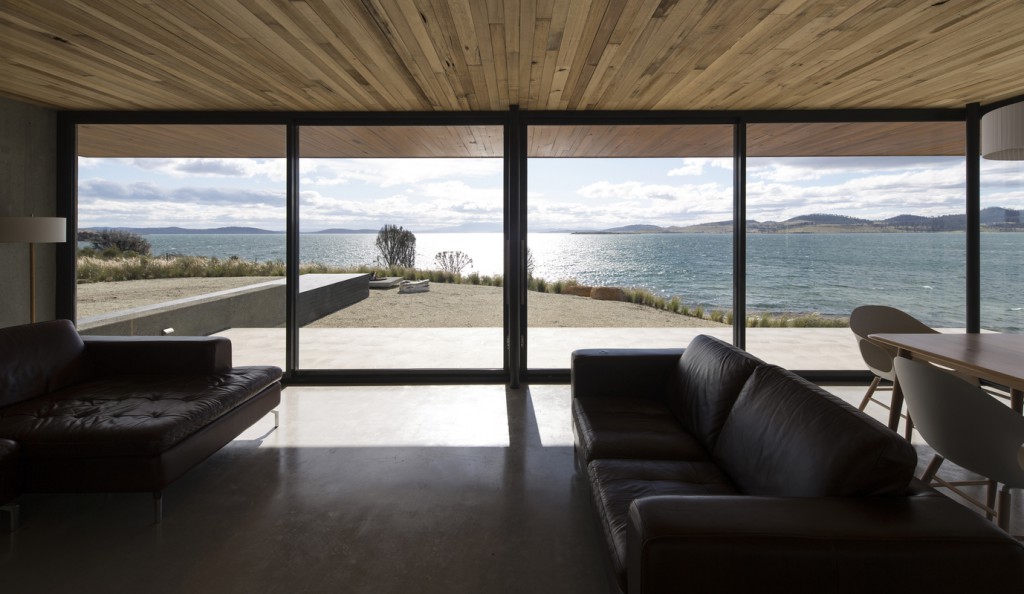
FROM:https://architectureau.com/articles/dunalley-house/
https://wp.architecture.com.au/tasawards/2016-awards/dunalley-house/
FROM:Australia By Design – Dunalley House, TAS
Don’t you think it’s addictive?
Want to know more about the beauty of architecture?
Come and join our members to explore the beauty of architectural design.
覺得看得不過癮嗎?
想要知道更多建築之美嗎?
快來加入我們的會員,一同探索建築設計之美。
The above article is purely for appreciation and sharing purposes, as well as the construction of new technology and the public can be in-depth understanding of the information at the same time there are sources, will be able to query, no use of the document as a commercial transaction, if illegal, please inform the We will immediately remove the site, thank you for cooperation.
以上文章純粹作為欣賞及分享用途,以及將建築新型技術傳遞給與大眾能夠深入了解,同時資料還有來源,將可查詢,絕無使用該文件資料作為商業交易行為,如有違法請務必告知該網站我們將立即處理撤除,謝謝合作。

